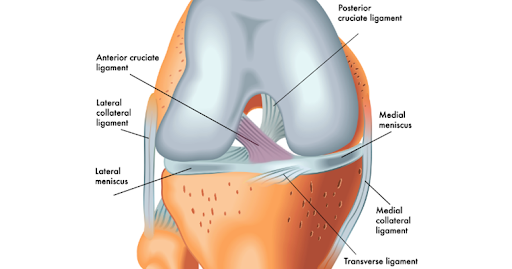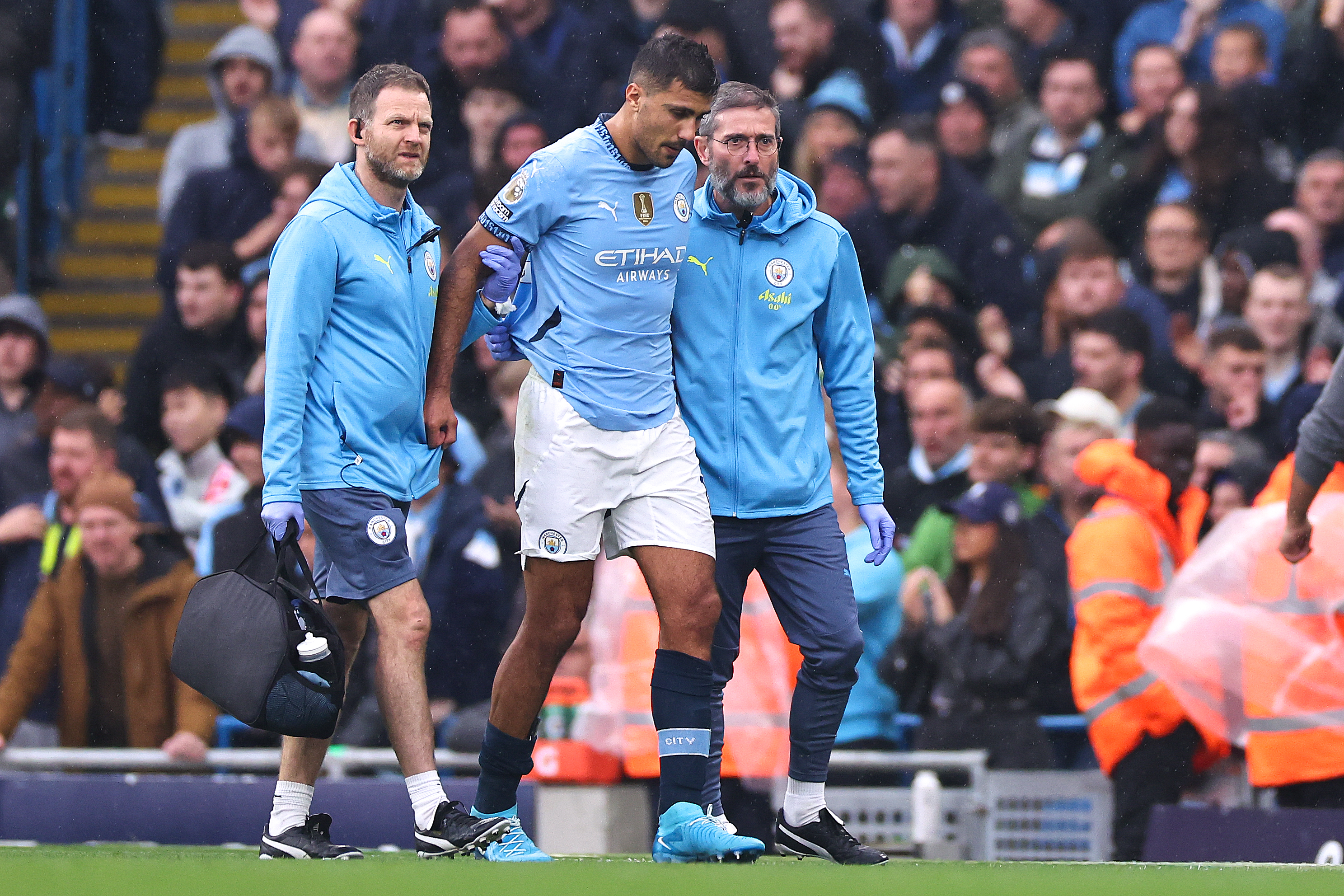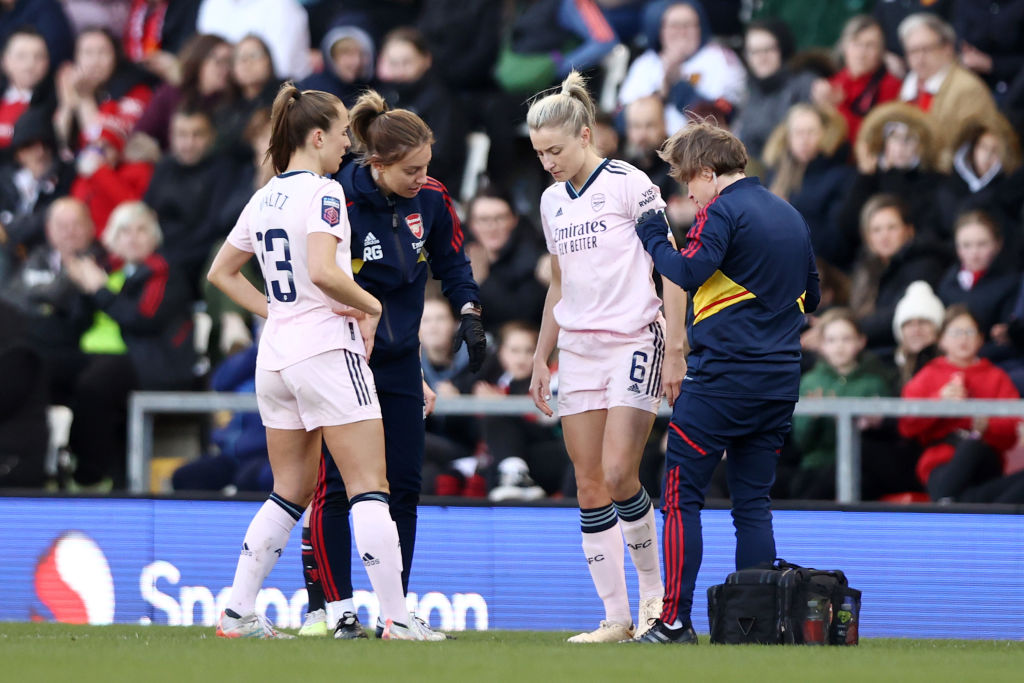ACL injuries in football: Recovery time, symptoms, diagnosis and everything else you need to know
An ACL injury in football can rule a player out for up to year: here's what you need to know about the injury
An ACL injury is arguably the worst in football, and they occur a lot more frequently than clubs, players and fans would like.
The Cruciate ligaments are inside the knee and cross over like an X with the Anterior Cruciate Ligament (ACL) at the front, and the Posterior Cruciate Ligament (PCL) at the back. These ligaments control the back-and-forth motion of the knee.
Rather like ankle sprains or hamstring injuries, an ACL injury is typically a non-contact injury, as opposed to one that happens when two players come together in a collision.
What is an ACL injury?

Dr. Funmi Salawu is a medical doctor with a passion for sports medicine and athlete health. With a background in medicine and a future in Sports & Exercise Medicine on the horizon, she combines clinical expertise with engaging content to break down injuries in elite sports.
Funmi has worked with platforms like FourFourTwo to create insightful videos and articles on common football injuries, including ACL tears, ankle sprains, and hamstring strains.
Beyond sports medicine, she shares her knowledge across social media, making complex medical topics accessible to athletes, fans, and the wider public.
How does an ACL injury occur in football?

An ACL tear can be caused by a rapid change in direction, sudden stopping, slowing down while running, landing a jump incorrectly, direct contact.
Symptoms include a popping sound, feeling that the knee has “given way”, swelling, reduced movement of the knee, tenderness.
Treatment

How is an ACL injury treated?
Treatment is usually surgical but can be non-surgical for non-athletes, those with grade 1 tears and elderly people who may be at high risk for surgery or do not mobilize as much
Non-surgical management will involve RICE (rest, ice, compression, and elevation), bracing, crutches, and physiotherapy appointments. The surgical management of an ACL tear usually uses a graft (often from the patellar tendon) to rebuild the ligament. Recovery is dependent on the grade of the ACL damage, though.
The best features, fun and footballing quizzes, straight to your inbox every week.
- Grade 1 – ACL mildly damaged, has been slightly stretched but can keep the joint stable. General healing time is about 2 to 4 weeks.
- Grade 2 – ACL is partially torn. Can take up to 6 to 8 weeks for recovery.
- Grade 3 – ACL is completely torn into 2, this is the most common grade. Surgery is needed and takes players on average 9 months to return.
Prevention
How is an ACL injury prevented?
To prevent an ACL tear, it is important to stretch correctly before and after exercise. Stretches include the long sitting calf stretch, popliteal stretch, standing/wall calf stretch and knee slides.
ACLs in the women's game

Are women more at risk of ACL injuries in football than men?
Women have noticeably been going down with ACL tears more often than their male counterparts and there are a number of suggestions why.
During the second week of the menstrual cycle, oestrogen is highest and studies have shown that higher oestrogen can promote looser and therefore unstable joints, while women tend to land in a more valgus position – an alignment where the the knees point inwards. This puts you at higher risk of knee injury.
Further to physiology, poorer facilities in the women’s game mean there are poorer pitches and equipment. This can contribute to higher incidences of injuries in general.
In addition to this, the majority of football boots are designed for a male foot. Women have different foot anatomy to men, for example they have a higher foot arch which means their footwear is likely playing a roll in their increased ACL injury rate.
Frequently asked questions
How do ACL injuries happen in football?
ACL injuries typically occur due to sudden pivots, awkward landings from a jump, rapid deceleration, or direct collisions. Non-contact ACL injuries are especially common when a player twists their knee while changing direction.
How long does it take to recover from an ACL injury?
Recovery can take anywhere from 6 to 12 months, depending on the severity of the injury, the type of treatment received, and the rehabilitation process followed.
Can an ACL injury end a footballer's career?
Only in extreme circumstances. Yes, many footballers return to play after ACL surgery and rehabilitation. However, the recovery process requires dedicated physiotherapy, and there is always a risk of re-injury.
Are ACL injuries more common in certain football positions?
Yes, wingers, attacking midfielders, and forwards are at higher risk due to frequent changes in direction, quick sprints, and sudden stops. Defenders can also be prone to ACL injuries though, especially during tackles.

Ryan is a staff writer for FourFourTwo, joining the team full-time in October 2022. He first joined Future in December 2020, working across FourFourTwo, Golf Monthly, Rugby World and Advnture's websites, before eventually earning himself a position with FourFourTwo permanently. After graduating from Cardiff University with a degree in Journalism and Communications, Ryan earned a NCTJ qualification to further develop as a writer while a Trainee News Writer at Future.
- Funmi SalawuDoctor
